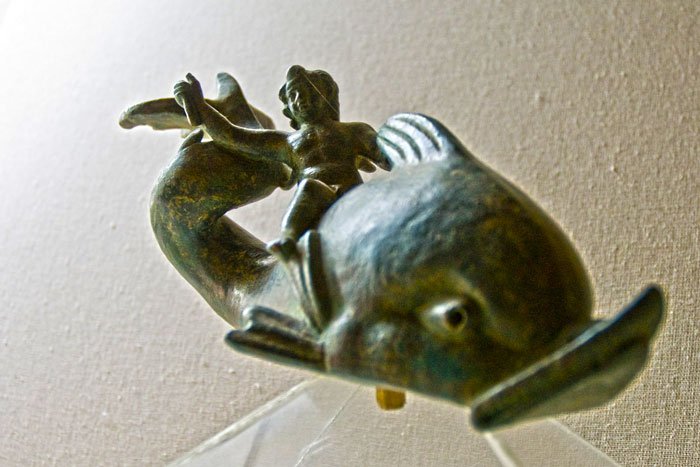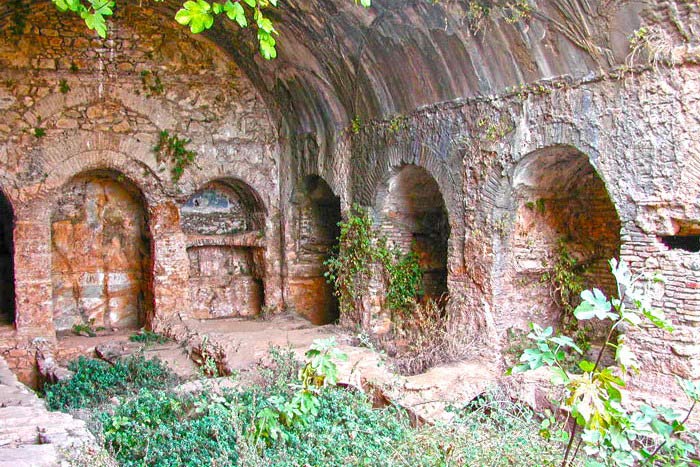Sightseeing Ephesus – Public Latrine
Sightseeing Ephesus – Public Latrine of Ephesus was first constructed in the 1st century AD as part of what would eventually become the Scholastica Baths. They were the public toilets of the city to be used by poor citizens who could not afford a toilet in their home, and there was an entrance fee. However, the latrines were not strictly used for answering the call of nature. In Roman culture this building would have served the same social purpose as the baths. Citizens would stay in the Latrinas for long periods of time to relax and discuss concerns of the day.
The Latrinas was a rather advanced and civilized structure for its time. The building was constructed over a channel with an uninterrupted flow of water. The seats were a marble benches with holes cut into the bottom. They were arranged in three rows along the three sides of the room. There were forty-eight total toilets, each separated from each other by sculptured partitions which were double purposed as arm rests. The seats themselves were surrounded by columns that would have supported a roof “sightseeing Ephesus”.
Impluvium
The rest of the large room was open to the sky. In the middle of the open section was a square sunken pool called an impluvium. This pool would have caught rainwater that served both for cleaning and to help cool the room in the summer. In the winter the latrines were kept heated by an underground heating system which funneled steam in from the Scholostica Baths. The floor was covered with mosaic tiles.




